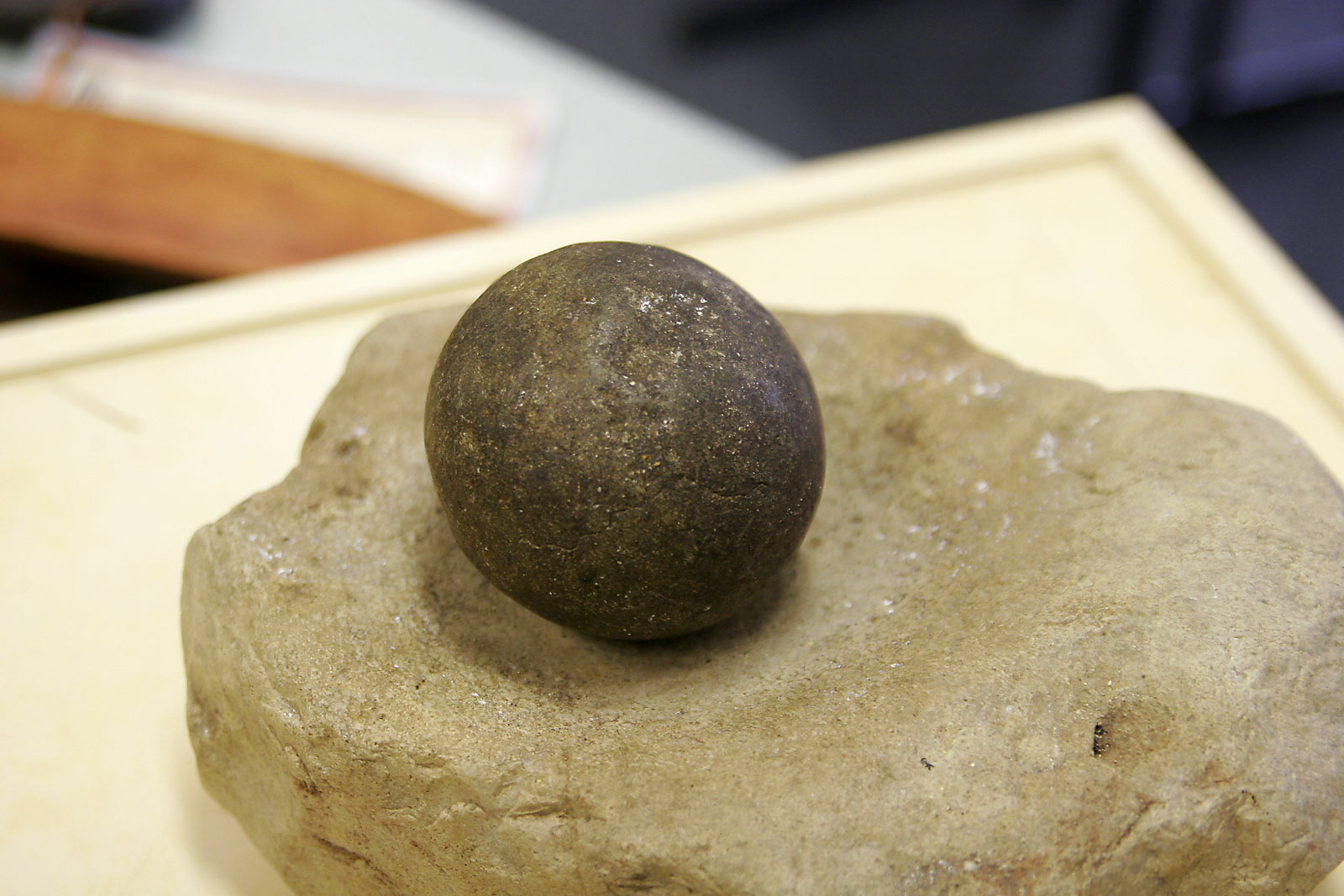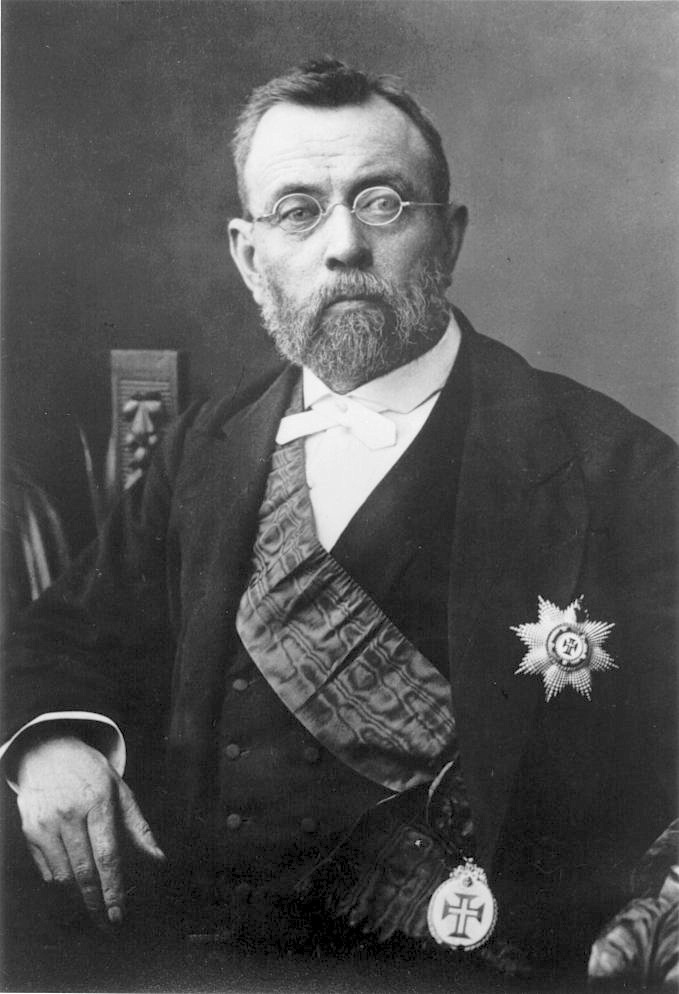|
Acacia Tetragonophylla
''Acacia tetragonophylla'', commonly known as curara, kurara or dead finish, is a tree in the family (biology), family Fabaceae that is endemism, endemic to arid and semi-arid parts of central and western Australia. Description Curara grows as a tall shrub or small tree up to a height of and has an intricate and often straggly habit with Glabrousness (botany), glabrous branchlets. Like most ''Acacia'' species, it has phyllodes rather than true leaves. These are slender and needle-like with a length of and a width of . When young they are soft and pliable, but as they mature they become hard, rigid and very sharp. The glabrous phyllodes are formed in groups of two to six on dwarf, knotty and lateral branchlets or singly on new shoots. The phyllodes have a slender linear shape ending in a sharp point and are mostly pentagonal to compressed in cross-section with five to seven prominent nerves. In Western Australia it blooms between May and October producing yellow flowers. The flowe ... [...More Info...] [...Related Items...] OR: [Wikipedia] [Google] [Baidu] |
Ferdinand Von Mueller
Baron Sir Ferdinand Jacob Heinrich von Mueller, (; 30 June 1825 – 10 October 1896) was a German-Australian physician, geographer, and most notably, a botanist. He was appointed government botanist for the then colony of Victoria, Australia by Governor Charles La Trobe in 1853, and later director of the Royal Botanic Gardens in Melbourne. He also founded the National Herbarium of Victoria. He named many Australian plants. Early life Mueller was born at Rostock, in the Grand Duchy of Mecklenburg-Schwerin. After the early death of his parents, Frederick and Louisa, his grandparents gave him a good education in Tönning, Schleswig. Apprenticed to a chemist at the age of 15, he passed his pharmaceutical examinations and studied botany under Professor Ernst Ferdinand Nolte (1791–1875) at Kiel University. In 1847, he received his degree of Doctor of Philosophy from Kiel for a thesis on the plants of the southern regions of Schleswig. Mueller's sister Bertha had been advi ... [...More Info...] [...Related Items...] OR: [Wikipedia] [Google] [Baidu] |
Brewarrina, New South Wales
Brewarrina (pronounced ''bree-warren-ah''; locally known as "Bre") is a town in north-west New South Wales, Australia on the banks of the Barwon River in Brewarrina Shire. It is east of Bourke and west of Walgett on the Kamilaroi Highway, and 787 km from Sydney. The population of Brewarrina in 2021 was 743. Other towns and villages in the Brewarrina district include: Goodooga, Gongolgon, Weilmoringle, and Angledool. Today it is known as the location of the Ngunnhu (Aboriginal fish traps), which were created over 40,000 years ago. Brewarrina Aboriginal Mission existed alongside the river from 1876 to 1967. History Pre-colonisation The town is located amid the traditional lands of the Ngemba, Murrawarri, Euahlayi (Yuwaalaraay), Weilwan, and Barranbinya peoples, who have lived on the land for at least 2000 generations. The area has a long Indigenous Australian history and was once the meeting ground for over 5,000 people. The Ngunnhu ( Brewarrina Aboriginal ... [...More Info...] [...Related Items...] OR: [Wikipedia] [Google] [Baidu] |
Seedcakes
Bush bread, or seedcakes, refers to the bread made by Aboriginal Australians by crushing seeds into a dough that is then baked. The bread is high in protein and carbohydrate, and forms part of a balanced traditional diet. It is also sometimes referred to as damper, although damper is more commonly used to describe the bread made by non- Indigenous people. With the arrival of Europeans and pre-milled white flour, this bread-making process has almost disappeared (although women were still recorded to be making seedcakes in Central Australia in the 1970s). The tradition of cooking bread in hot coals continues today. Bread-making was a woman's task. It was generally carried out by several women at once, due to its labour-intensive nature. It involved collecting seasonal grains, legumes, roots or nuts, and preparing these into flour and then dough, or directly into a dough. One of the traditional ingredients was the seeds of kangaroo grass. Bread-making from seeds Collectin ... [...More Info...] [...Related Items...] OR: [Wikipedia] [Google] [Baidu] |
Central Australia
Central Australia, also sometimes referred to as the Red Centre, is an inexactly defined region associated with the geographic centre of Australia. In its narrowest sense it describes a region that is limited to the town of Alice Springs and its immediate surrounds including the MacDonnell Ranges. Commonly, it refers to an area up to from Alice Springs, in every direction. In its broadest use it can include almost any region in inland Australia that has remained relatively undeveloped, and in this sense is synonymous with the term Outback. In a modern, more formal sense it can refer to the administrative region used by the Northern Territory government, as of 2022. Centralia is another term associated with the area, most commonly used by locals. Administrative region of the NT Economic region There are six regions in the Northern Territory for the purposes of economic planning, as defined by the Northern Territory Government: * Central Australia * Darwin, Palmersto ... [...More Info...] [...Related Items...] OR: [Wikipedia] [Google] [Baidu] |
Aboriginal Australians
Aboriginal Australians are the various indigenous peoples of the Mainland Australia, Australian mainland and many of its islands, excluding the ethnically distinct people of the Torres Strait Islands. Humans first migrated to Australia (continent), Australia 50,000 to 65,000 years ago, and over time formed as many as 500 List of Aboriginal Australian group names, language-based groups. In the past, Aboriginal people lived over large sections of the continental shelf. They were isolated on many of the smaller offshore islands and Tasmania when the land was inundated at the start of the Holocene Interglacial, inter-glacial period, about 11,700 years ago. Despite this, Aboriginal people maintained extensive networks within the continent and certain groups maintained relationships with Torres Strait Islanders and the Makassar people, Makassar people of modern-day Indonesia. Over the millennia, Aboriginal people developed complex trade networks, inter-cultural relationships, law ... [...More Info...] [...Related Items...] OR: [Wikipedia] [Google] [Baidu] |
Global Biodiversity Information Facility
The Global Biodiversity Information Facility (GBIF) is an international organisation that focuses on making scientific data on biodiversity available via the Internet using web services. The data are provided by many institutions from around the world; GBIF's information architecture makes these data accessible and searchable through a single portal. Data available through the GBIF portal are primarily distribution data on plants, animals, fungi, and microbes for the world, and scientific names data. The mission of the GBIF is to facilitate free and open access to biodiversity data worldwide to underpin sustainable development. Priorities, with an emphasis on promoting participation and working through partners, include mobilising biodiversity data, developing protocols and standards to ensure scientific integrity and interoperability, building an informatics architecture to allow the interlinking of diverse data types from disparate sources, promoting capacity building and cat ... [...More Info...] [...Related Items...] OR: [Wikipedia] [Google] [Baidu] |
Acacia Sphacelata
''Acacia sphacelata'' is a shrub of the genus ''Acacia'' and the subgenus ''Phyllodineae'' that is endemic to south western Australia. Description The harsh shrub typically grows to a height of . It has light grey to mid-grey coloured bark and glabrous to minutely hairy and rigid branchlets with persistent or caducous stipules that have a length of . Like most species of ''Acacia'' it has phyllodes rather than true leaves. The scattered, patent, linear or nearly lanceolate phyllodes form in whorls around the stem and have no stems. The evergreen phyllodes are straight to shallowly curved and quadrangular or flat with a length of and a width of and are smooth, pungent, glabrous, rigid and pungent with five main nerves. It blooms from April to September and produces yellow flowers. The simple inflorescences usually occur singly in the axils on stalks that are in length. The showy spherical flower-heads contain 13 to 50 bright yellow flowers. After flowering papery to crustaceou ... [...More Info...] [...Related Items...] OR: [Wikipedia] [Google] [Baidu] |
Leslie Pedley
Leslie Pedley (19 May 1930 – 27 November 2018)IPNILeslie Pedley/ref> was an Australian botanist who specialised in the genus ''Acacia''. He is notable for bringing into use the generic name ''Racosperma'', creating a split in the genus, which required some 900 Australian species to be renamed, because the type species of ''Acacia'', ''Acacia nilotica'', now ''Vachellia nilotica'', had a different lineage from the Australian wattles. However, the International Botanical Congress (IBC), held in Melbourne in 2011, ratified its earlier decision to retain the name ''Acacia'' for the Australian species, but to rename the African species. See also: ''Acacia'' and ''Vachellia nilotica'' regarding the dispute, anAPNIfor a brief history of the name, ''Racosperma''. In 2018, Japanese botanists Hiroyoshi Ohashi and Kazuaki K. Ohashi published ''Pedleya'' (in the Fabaceae family) from New South Wales, the name "honors Mr. Les (Leslie) Pedley of Queensland Herbarium, Brisbane Botanic Garden ... [...More Info...] [...Related Items...] OR: [Wikipedia] [Google] [Baidu] |
Fragmenta Phytographiae Australiae
''Fragmenta phytographiae Australiae'' is a series of papers written by the Victorian Government botanist Ferdinand von Mueller in which he published many of his approximately 2000 descriptions of new taxa of Australian plants. Including the plant genera of; '' Reedia'' (belonging to the family Cyperaceae The Cyperaceae () are a family of graminoid (grass-like), monocotyledonous flowering plants known as wikt:sedge, sedges. The family (biology), family is large; botanists have species description, described some 5,500 known species in about 90 ...), and '' Acomis'' (in the daisy family). The papers were issued in 94 parts between 1858 and 1882 and published in 11 volumes. Though a 12th volume was apparently planned, it was not published. It is the only scientific periodical in Australia that has been completely written in Latin. One of the illustrators of the series was Ludwig Becker. References Books about Australian natural history Florae (publication) Botany i ... [...More Info...] [...Related Items...] OR: [Wikipedia] [Google] [Baidu] |
Wheatbelt (Western Australia)
The Wheatbelt is one of nine regions of Western Australia defined as administrative areas for the state's regional development, and a vernacular term for the area converted to agriculture during colonisation. It partially surrounds the Perth metropolitan area, extending north from Perth to the Mid West region, and east to the Goldfields–Esperance region. It is bordered to the south by the South West and Great Southern regions, and to the west by the Indian Ocean, the Perth metropolitan area, and the Peel region. Altogether, it has an area of (including islands). The region has 42 local government authorities, with an estimated population of 75,000 residents. The Wheatbelt accounts for approximately three per cent of Western Australia's population. Ecosystems The area, once a diverse ecosystem, reduced when clearing began in the 1890s with the removal of plant species such as eucalypt woodlands and mallee, is now home to around 11% of Australia's critically end ... [...More Info...] [...Related Items...] OR: [Wikipedia] [Google] [Baidu] |
Mid West (Western Australia)
The Mid West region is one of the nine regions of Western Australia. It is a sparsely populated region extending from the west coast of Western Australia, about north and south of its administrative centre of Geraldton and inland to east of Wiluna in the Gibson Desert. It has a total area of , and a permanent population of about 54,000 people, more than half of those in Geraldton. Earlier names The western portion of this region was known earlier as "The Murchison" based on the river of the same name, and the similarly named Goldfield. Economy The Mid West region has a diversified economy that varies with the geography and climate. Near the coast, annual rainfall of between allows intensive agriculture. Further inland, annual rainfall decreases to less than , and here the economy is dominated by mining of iron ore, gold, nickel and other mineral resources. Geraldton is an important hub for the tourism industry. The Mid West also has the highest value fishing industry ... [...More Info...] [...Related Items...] OR: [Wikipedia] [Google] [Baidu] |






